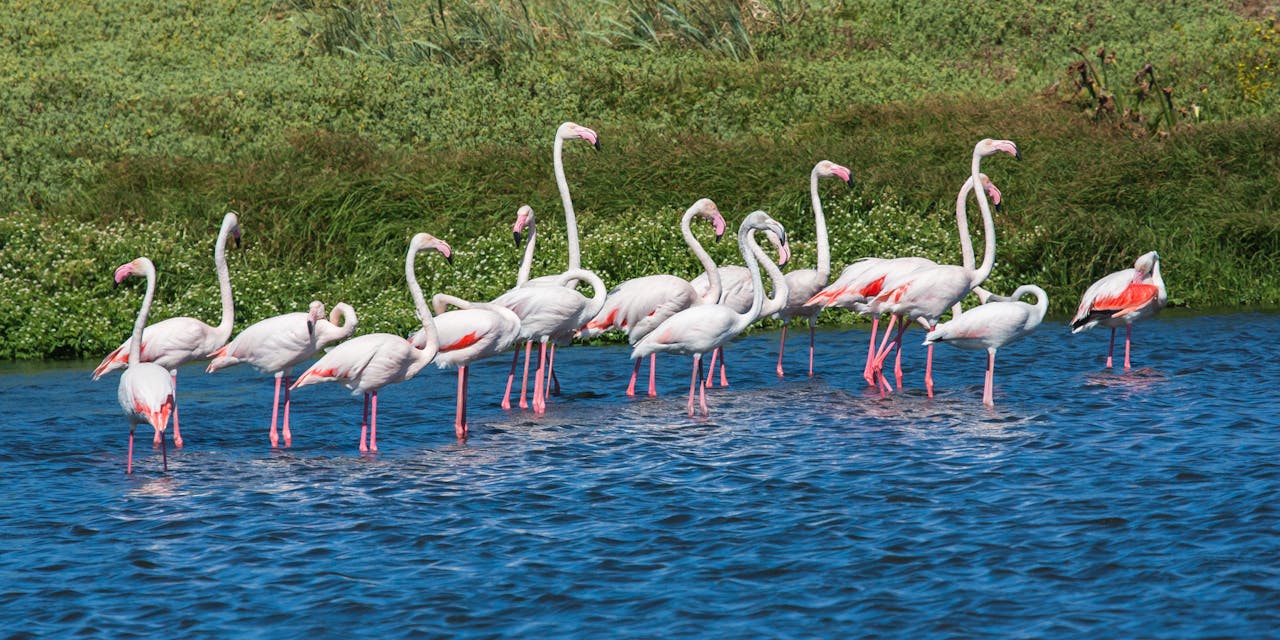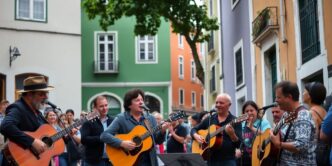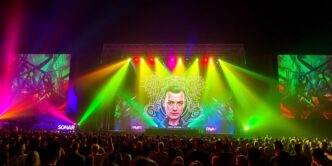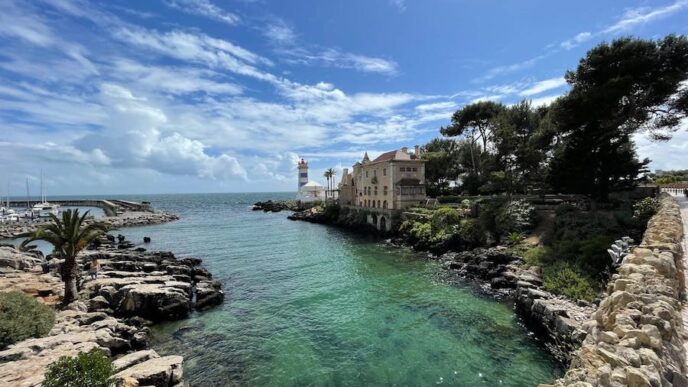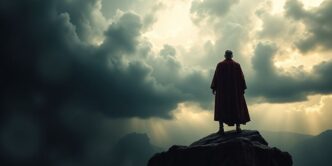Bird watching in Portugal is a growing attraction, drawing enthusiasts from all over the world due to the country’s diverse habitats and wonderful birdlife. From the coastal wetlands of the Algarve to the rolling plains of the Alentejo, Portugal offers bird watchers an opportunity to observe a variety of species in some of the most scenic landscapes in Europe.
Ria Formosa Natural Park: A Bird-Watching Paradise
One of the most popular bird-watching destinations in Portugal is the Ria Formosa Natural Park, located in the Algarve. This coastal lagoon, which stretches along 60 kilometers of coastline between the cities of Faro and Tavira, is a haven for both migratory and resident birds. The park is made up of a complex system of salt marshes, barrier islands, and freshwater lakes, creating a rich environment for birdlife.
Visitors to Ria Formosa can expect to see a range of species, including flamingos, which are among the most iconic birds found in the region. These striking pink birds are frequently seen wading through the shallow waters of the lagoons, searching for crustaceans and small fish. The best time to spot flamingos is during the winter months, as they migrate here to escape the colder temperatures of northern Europe.
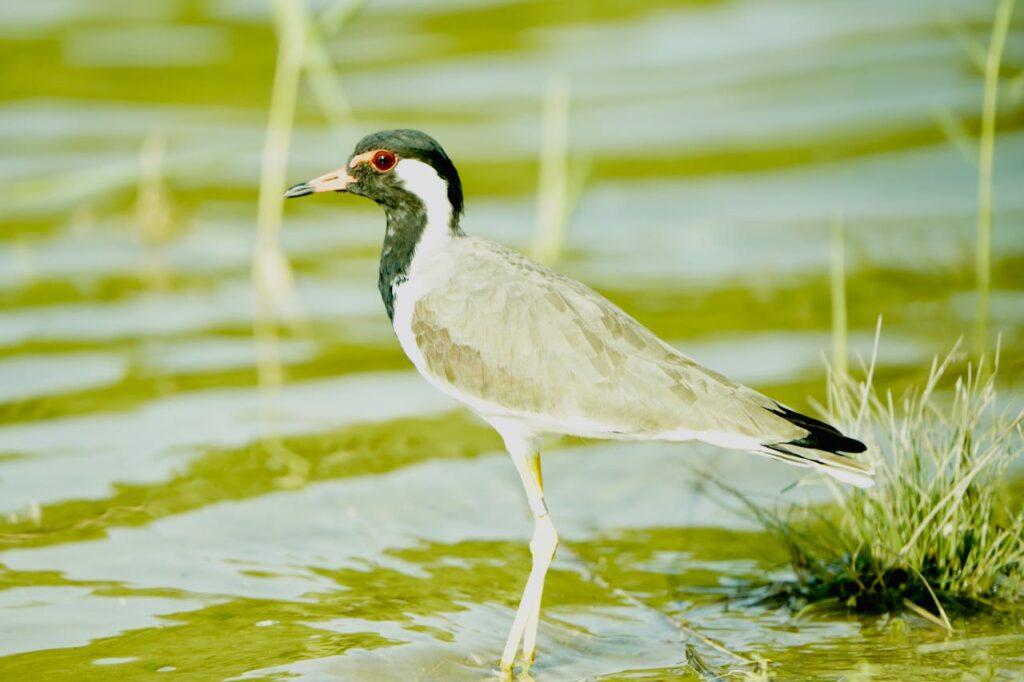
In addition to flamingos, Ria Formosa is home to purple herons, storks, spoonbills, and several species of ducks and geese. For keen bird watchers, there are several trails and observation points throughout the park, where visitors can quietly observe these magnificent creatures in their natural habitat.
Fuseta: A Bird-Watcher’s Hidden Gem
The charming coastal town of Fuseta, located within the boundaries of the Ria Formosa Natural Park, is another excellent spot for bird watching. Fuseta’s tranquil environment and proximity to the park make it a fantastic base for observing a variety of bird species. The town itself is a quieter alternative to some of the larger, busier locations in the Algarve, offering a more relaxed atmosphere for those who want to experience bird watching in peace.
During the summer months, birdwatchers in Fuseta can observe little terns, black-winged stilts, and plovers as they nest along the shoreline. In the winter, Fuseta attracts species such as avocets, oystercatchers, and kingfishers. One of the highlights of birdwatching in Fuseta is the sight of large flocks of flamingos feeding in the salt marshes, their vibrant plumage reflecting against the water’s surface.
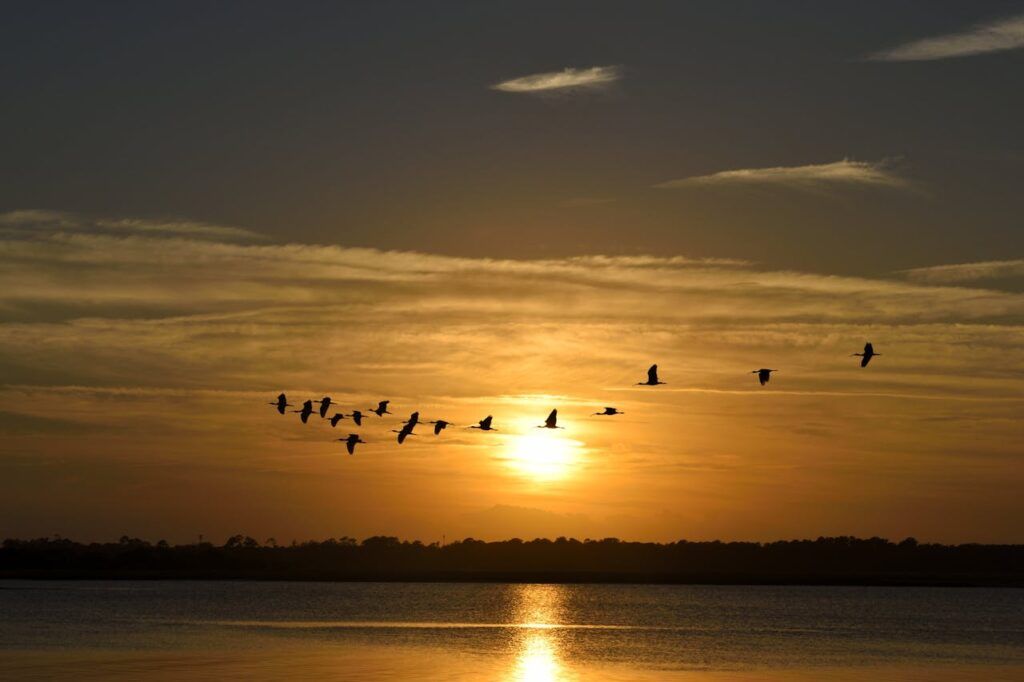
Guided boat tours departing from Fuseta are a great way to explore the Ria Formosa by water, where bird watchers can get closer to areas that are difficult to access by foot. These tours often include stops at small islands and lesser-visited parts of the park, where birdlife thrives in the absence of human disturbance.
Best Time for Bird Watching in Portugal
While birdwatching in Portugal is possible year-round, the best times to visit are during the spring and autumn migrations. Between March and May, spring migration sees an influx of birds returning from Africa to breed in Europe, offering bird watchers a chance to see species such as eagles, bee-eaters, and swallows in large numbers. This is also a great time to witness courtship displays and nesting behavior.
Autumn, from September to November, is another excellent time for bird watching, as many birds stop in Portugal on their way south to Africa. Species such as raptors, warblers, and waders can be seen in great abundance. During this time, the Algarve, and particularly the Ria Formosa, acts as an important stopover point for migratory birds, making it one of the busiest bird-watching periods of the year.
Winter, from December to February, is perfect for spotting species like flamingos, ducks, and geese that migrate to Portugal to escape the colder temperatures of northern Europe. Some resident birds, such as storks, can also be seen year-round, nesting on rooftops and tall buildings in both rural and urban areas.
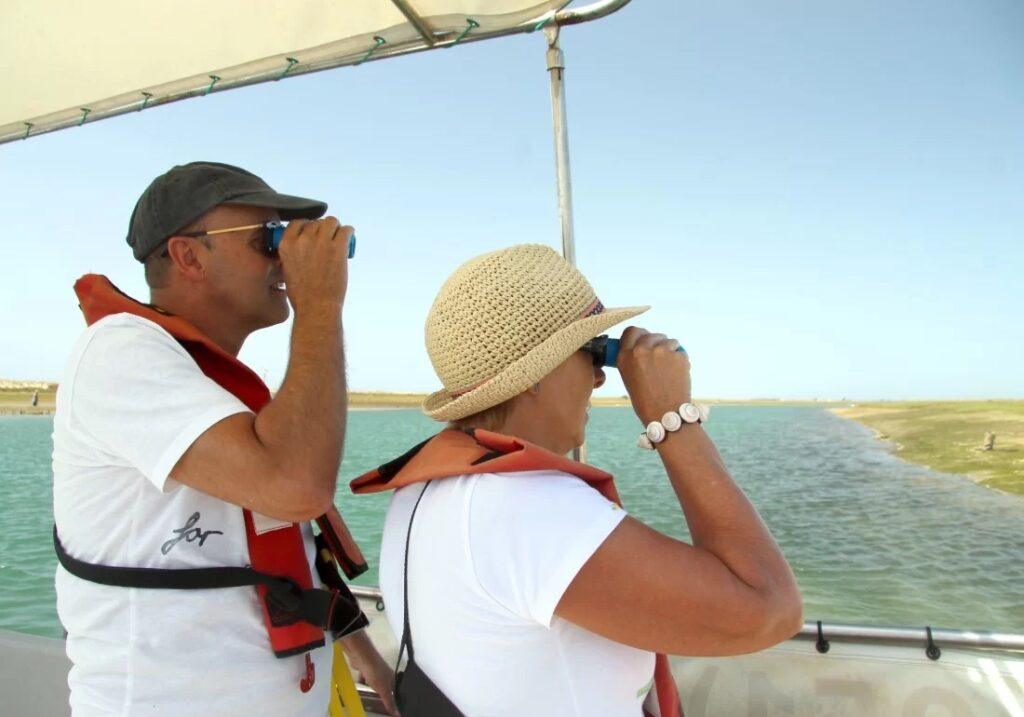
Bird Watching Tours and Resources
For those new to bird watching or looking to enhance their experience, there are several guided bird-watching tours available across Portugal. These tours are led by experienced guides who are familiar with the best spots and species in the region. Many of these tours offer transportation, binoculars, and expert knowledge, ensuring a memorable and educational bird-watching experience.
In the Algarve, companies such as Algarve Birdwatching Tours offer half-day and full-day excursions that cover the Ria Formosa, Castro Marim, and other important bird-watching areas. These tours are tailored to different skill levels, making them accessible to both seasoned bird watchers and beginners alike. You can also depart from Fuseta itself, with Passeios Ria Formosa, who offer a varoty of tours and departure points.
Another notable company is Birdwatch Algarve, which offers boat tours, wetland explorations, and visits to the region’s saltpans, where flamingos, spoonbills, and other wading birds are commonly spotted.
Conclusion
Whether you are an experienced bird watcher or simply a nature lover looking to enjoy the beauty of Portugal’s wildlife, the Ria Formosa and the town of Fuseta offer some of the best bird-watching opportunities in the country. From the iconic pink flamingos to the rare purple herons, Portugal’s diverse birdlife is truly something to behold. With its year-round appeal and stunning natural landscapes, it’s no wonder that Portugal is becoming a top destination for bird enthusiasts from around the world.

